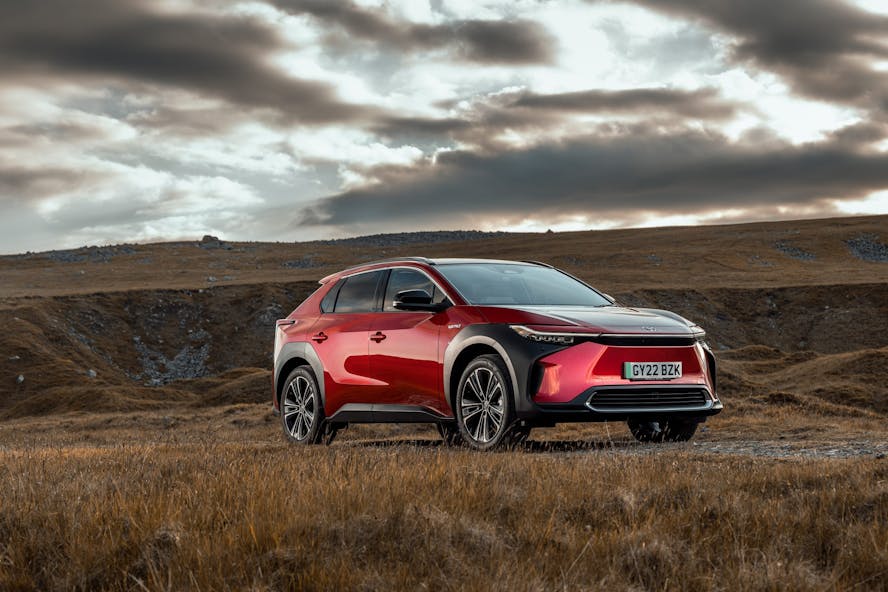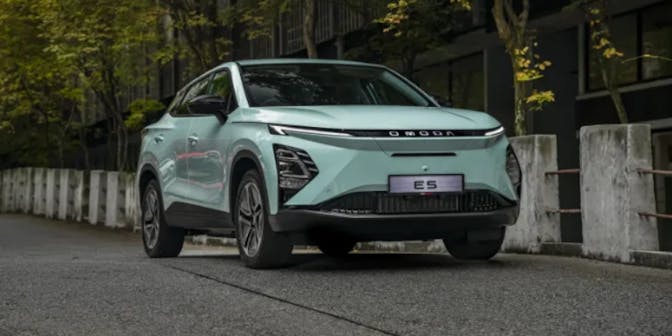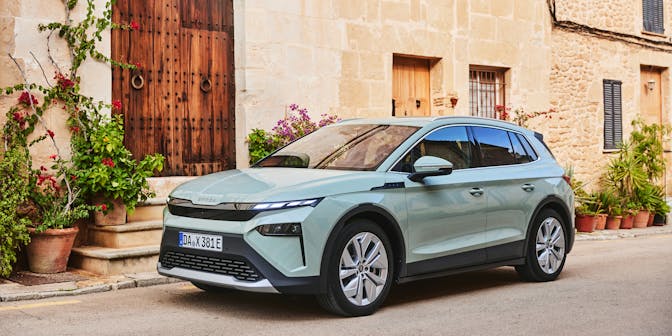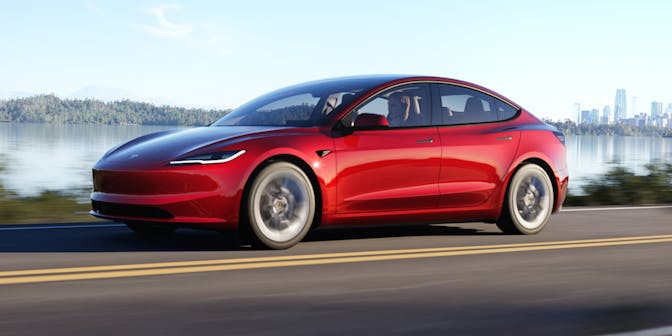Toyota to produce EVs with state-of-the-art battery technology
Toyota has announced a new battery electric vehicle factory which will produce new models by 2026 with revolutionary batteries made from liquid or solid electrolytes, exhibiting state-of-the-art battery technological breakthroughs.
Toyota, best known for hybrids rather than EVs, is developing several new battery technologies, some of which are expected to give battery electric vehicles (BEVs) ranges of over (WLTP) 600 miles.
Three new liquid electrolyte battery technologies are due to achieve higher power, longer driving range, faster charging and lower cost.
The company is also claiming a breakthrough in solid-state battery technology, allowing a shift of the development focus to mass production.
The batteries will appear in BEVs that will be built in a new factory from 2026. These next-generation models will account for 1.7 million of the 3.5 million BEVs Toyota expects to sell globally by 2030.
Liquid electrolytes are the current mainstream battery technology for BEVs and Toyota is working on three main battery types, which the company labels as ‘Performance, Popularised and High Performance;
1. Performance (lithium-ion)
The Performance lithium-ion battery is planned for introduction with the next generation Toyota BEVs from 2026 and will increase driving range to more than 497 miles when combined with improved vehicle aerodynamics and reduced vehicle weight.
The Performance battery is also expected to offer a 20% cost reduction compared to the current Toyota bZ4X BEV and a rapid recharging time of 20 minutes or less for a 10% to 80% state of charge (SOC).
2. Popularisation (lithium iron phosphate)
Toyota is developing high-quality, lower-cost batteries to give customers a range of options.
The Popularisation battery is constructed using the technology Toyota pioneered for its nickel-metal-hydride (NiMH) batteries, combined with inexpensive lithium iron phosphate (LiFePo) as the core material. Toyota expects the battery to reach the market in 2026-27.
It’s expected to offer a 20% increase in driving range compared to the current Toyota bZ4X, a 40% reduction in cost compared to the current Toyota bZ4X, and a recharging time of 30 minutes or less for a 10% to 80% state of charge.
3. High-performance (lithium-ion)
Toyota is also developing a High-performance battery that combines the bipolar structure with lithium-ion chemistry and a high nickel cathode to achieve a driving range capability of more than 621 miles when combined with improved aerodynamics and reduced vehicle weight.
The High-performance battery is expected to offer a further 10% reduction in cost compared to the Performance battery, and a rapid charging time of 20 minutes or less for a 10% to 80% state of charge. The expected market introduction will be in 2027/28.

Solid-state batteries
Toyota says that it has made a breakthrough in its aim to improve the durability of solid-state batteries, which have long been regarded as a potential game-changer for BEVs.
Toyota solid-state lithium-ion batteries have a solid electrolyte that allows for faster movement of ions and a greater tolerance to high voltages and temperatures. These qualities make the batteries suitable for rapid charging and discharging and delivering power in a smaller form.
Until now the trade-off has been an expected shorter battery life, but Toyota says that its recent advances have overcome this challenge and the company has moved its focus to bringing solid-state batteries into mass production. The aim is for the batteries to be ready for commercial use by 2027/28.
The technology was initially intended for introduction in hybrid electric vehicles, but now Toyota’s primary focus is on its use in next-generation BEVs.
Toyota’s first solid-state battery is expected to offer a 20% increase in driving range compared to the Performance battery (approximately 621 miles) and a fast charging time of 10 minutes or less for a 10% to 80% state of charge.
Toyota already has a higher specification li-ion solid-state battery under development, targeting a 50 per cent improvement in driving range compared to the Performance battery.
Reducing battery height to improve range
Aerodynamics play a key role in determining the driving range of all vehicles, so to maximise the range of BEVs there’s a focus on reducing or optimising the drag coefficient (Cd) rating.
Toyota is focusing on CdA – the drag coefficient multiplied by the vehicle’s frontal area (A), as the multiplication effect of the frontal area has a much greater impact on range capability.
Typically, the battery is located beneath the vehicle floor, which can lead to an increase in the vehicle’s overall height. This will have a disproportionate, multiplied effect on the CdA, and consequently on the vehicle’s range performance.
If the battery’s height can be reduced, then the vehicle’s overall height can be lowered, CdA can be improved and the overall range can be increased.
The battery pack in today’s Toyota bZ4X is around 150mm high. Toyota plans to reduce battery height to 120mm – and to 100mm in the case of high-performance sports models
Our electric car lease special offers
Omoda E5 155kW Knight 61kWh 5dr Auto
- £1,768.58 Initial rental (ex. VAT)
- £2,122.30 Initial rental (inc. VAT)
- 48 Month term
- 5000 Annual mileage
- Subject to status and conditions + arrangement fee

Skoda Elroq 210kW 85 SportLine 82kWh 5dr Auto
- £2,619.08 Initial rental (ex. VAT)
- £3,142.90 Initial rental (inc. VAT)
- 48 Month term
- 5000 Annual mileage
- Subject to status and conditions + arrangement fee

Tesla Model 3 Long Range RWD 4dr Auto
- £3,014.36 Initial rental (ex. VAT)
- £3,617.23 Initial rental (inc. VAT)
- 48 Month term
- 5000 Annual mileage
- Subject to status and conditions + arrangement fee




